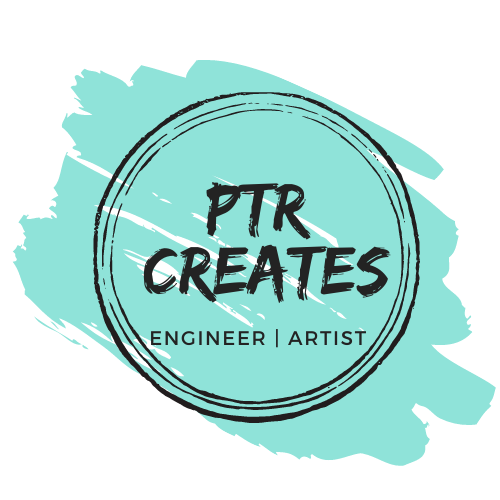
An enterprise that strategically utilizes its products as instrumental tools for customer acquisition and retention, driving expansion, and influencing organizational priorities is called a product led organization.
Being a product led organization means every department thinks about how they can leverage the product in different ways. The product is not just a part of the overall customer experience it is central to how every department performs their roles
Characteristics of being product led
- Align every business function around the product
- Ex: Customer success/support can help in making the user on-boarding experience better whereas the sales and marketing can use the in-app messaging to increase upsell and cross sell customers
- Make decisions with data over gut feel
- Ex: With this Product teams can deprecate low used features based on the customer usage analytics
- Use the product as a marketing channel
- Ex: Sales team can use the in-app messaging to collect customer feedback and testimonials
- Help users help themselves
- Ex: Increasing the user onboarding experience by user walkthrough instead of docs on training. Tailored onboarding based on user roles
- Finding solutions to problems within the product so users don’t have to reach out to customer success. No disruptions in user flow
- Collect and use feedback from customers
- Ex: Scalable features, in-app feature surveys and polls

Why become product led and why now
- Softwares should help customers do their work quickly and accurately
- Softwares have direct impact on business outcomes
- How quickly and how well users adopt the product
- How much it impacts users productivity
- Whether or not they decide to remain your customers
- How loyal they are to your company and brand
Benefits of becoming product led
- Product led organizations base product decisions on what user behaviour, user sentiment and direct feedback and alter roadmaps accordingly which leads to greater flexibility in the product.
- Customer success is not the solution for all user problems. Product led organizations leverage data to help anticipate where in the product journey users are likely to get stuck which leads to Increased product responsiveness.
- It takes time to turn prospects into users into profitable customers. But product led organizations use the product itself to drive growth which leads to increase in revenue.
- Products should solve real problems in an enjoyable way. Product led organizations view the product as a means to make the customers life better.
Conclusion
Let understand and conclude all the above points with the example of TESLA
- TESLA creates a product experience vs just making a product
- Considers customer needs
- Sells directly to customers instead of third party
- Delivers product updates as simply as updating an app
- Analyses usage data
- Collects feedback from users
Product led organizations see ROI across multiple areas like Growth, user productivity, customer health and product developments
